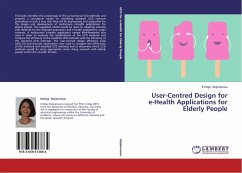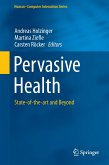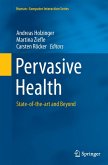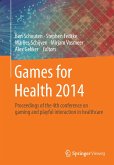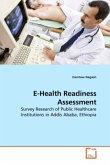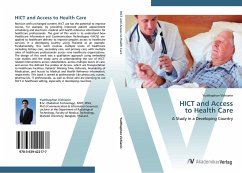This book identifies the weaknesses of the conventional UCD methods and presents a conceptual model for modifying standard UCD research procedures in such a way that they will be appropriate and supportive for the design and development of multiscreen e-health applications for elderly people. The suggested model would be used for adapting selected UCD methods for the targeted population and e-health applications usage contexts. A multiscreen e-health application named Med-Reminder was used in order to evaluate the modifications of the UCD methods and compare the efficiency of the modified UCD methods with the efficiency of the standard UCD methods. The user-centred design efficiency scale (UCD_ES) and heuristic observation were used to compare the efficiencies of the standard and modified UCD methods and to determine which UCD methods would be more appropriate when doing research with elderly people within the e-health domain.
Bitte wählen Sie Ihr Anliegen aus.
Rechnungen
Retourenschein anfordern
Bestellstatus
Storno

